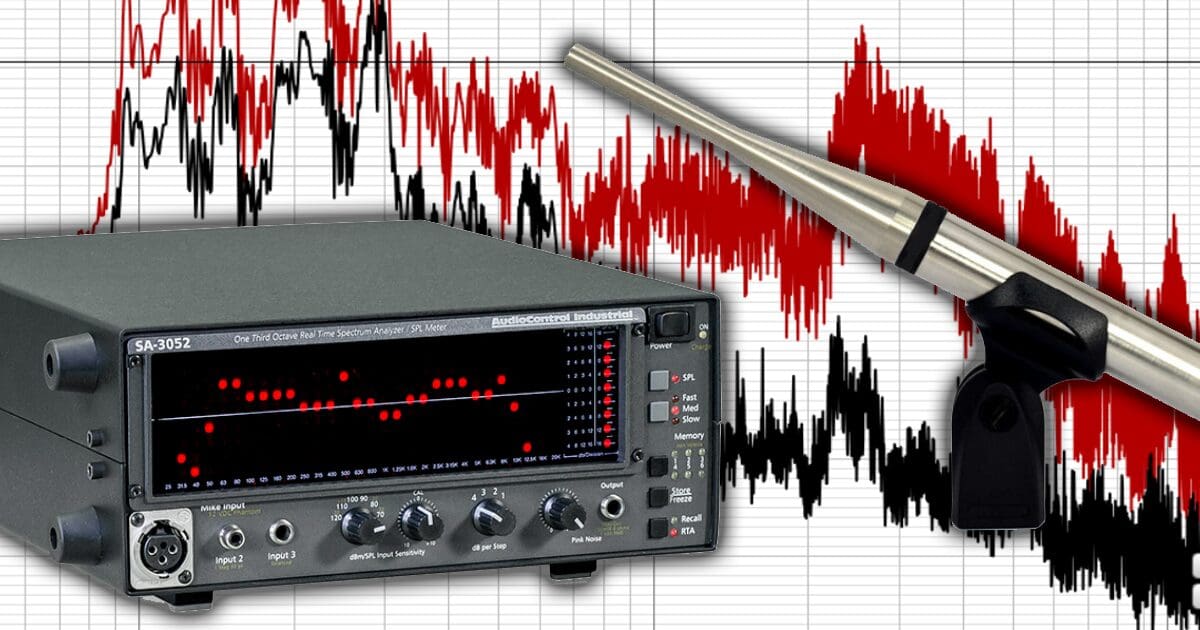Imagine a science experiment that calls for a chemical solution to be heated to precisely 130 degrees for five minutes. Would a scientist guess at the temperature or stick their finger in the beaker, or would they use a calibrated thermometer to measure exactly when to apply more heat? Likewise, would they use a clock or stopwatch or count to 300 Mississippi to know when the experiment was ready? When it comes to setting up car audio digital signal processors, partnering with a retailer with the experience and the correct tools is as important as choosing a high-quality signal processing product.
Why Digital Signal Processors Need Proper Calibration
Before the technician working on your car or truck gets out an audio analyzer, the digital signal processor in your vehicle needs to be configured for the signal source being used and the speakers that have been chosen. The tech needs to understand each speakers’ design criteria and specifications and then consider those in the way the audio system was designed and installed. Setting crossover points depends on these variables, and getting those right establishes the starting point for the system calibration.
After the system has been configured, the technician will set up a calibrated real-time audio analyzer to take frequency response measurements. Once again, a tool is only as good as the user. Knowing what peaks and valleys in the response need to be addressed and which can be ignored is part of their training process. Understanding how to accurately measure the frequency response through the listening space is another important consideration.
Having a target curve that reproduces music accurately and enjoyably is perhaps an essential part of the puzzle. How much bass is enough to drown out road noise? How should the bass transition into the midrange so male vocals don’t sound bloated yet drums and percussion sound realistic? How should the calibration deal with high-frequency information reflecting the vehicle’s hard surfaces? What target curve will allow the speakers in the system to reproduce audio with the lowest levels of distortion?
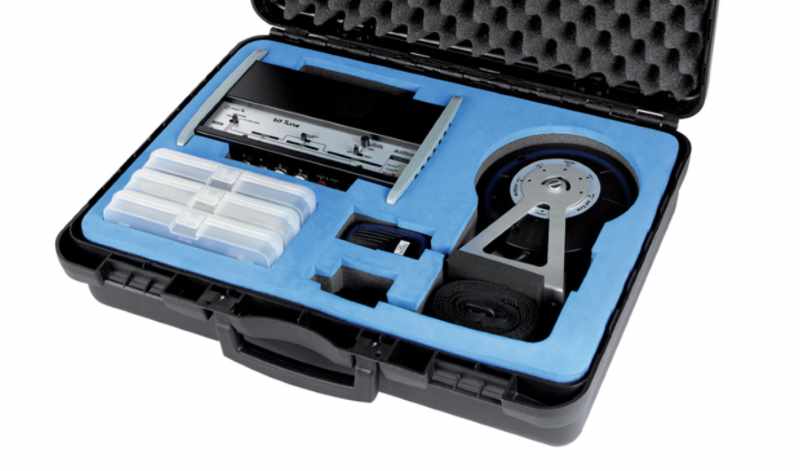
What Is a Real-Time Audio Analyzer?
The real-time audio analyzer is an essential calibration tool for car audio DSP installations. These devices allow technicians to measure the relative amplitude of sound frequencies. While, for the most part, these measurements are made in the acoustic domain with a microphone, many solutions can also be used to measure electrical signals to design or check factory audio system integration solutions.
Audio analyzers produce a graph or chart with amplitude or volume in the vertical y-axis and frequency in the horizontal x-axis. The simplest of systems have one-octave bands, though most are 1/3-octave. This 1/3-octave resolution is adequate for the calibration of most systems. Some computer-based measurement systems can show as much as 1/48 of an octave, but that isn’t necessary to make an audio system sound good.
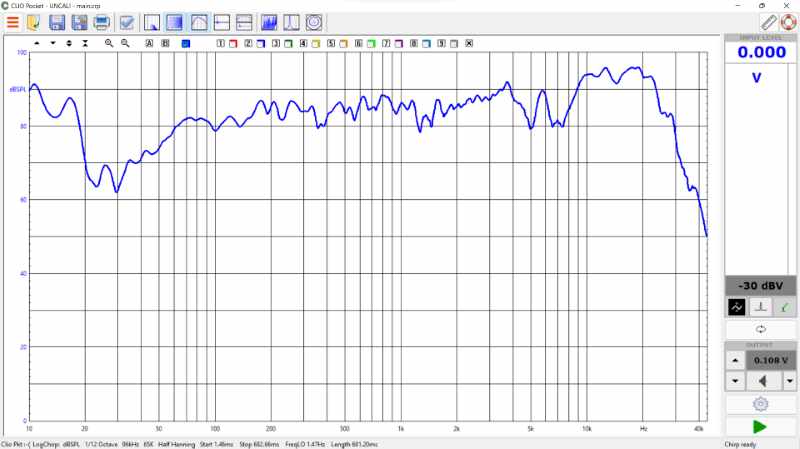
Tools and Technicians Matter
Great DSP calibration technicians separate themselves from the rest by being able to understand what is being displayed on the RTA, why and how to deal with it. For example, suppose a midrange speaker is set to play from 300 hertz to 3,000 hertz, but the RTA shows very little output below 500 hertz. In that case, the technician needs to understand how acoustics works to know how to proceed with the calibration process or adjust the configuration. Knowing how to set signal delays, either using a tape measure, impulse tests, sweeps or impulse tones, is also important. Sometimes measurements don’t correlate with the technician’s expectations, or a listening test after the calibration doesn’t produce the desired results. It’s rarely as simple as adjusting equalizer bands to make what’s seen on the RTA match the target curve.
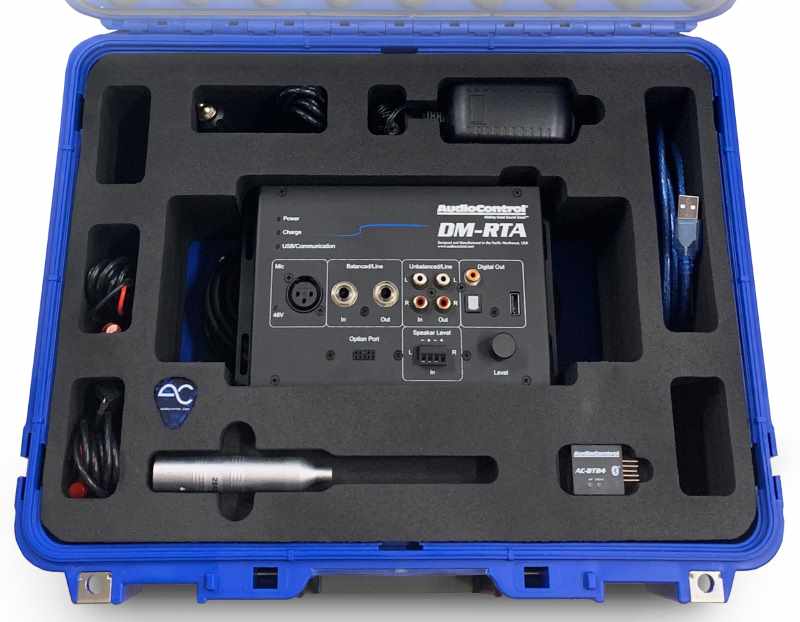
Modern Audio System Calibration Equipment
The most straightforward measurement device is a stand-alone microphone, which feed audio into an analyzer or computer. They can tell the technician about the volume level of each band. To better understand what’s happening in a car audio system and set the crossovers, delays and filters correctly, the technician must make time-referenced measurements to evaluate phase response. This process requires more hardware and a way to feed an audio signal into the system or create an offline measurement with a specific time reference.
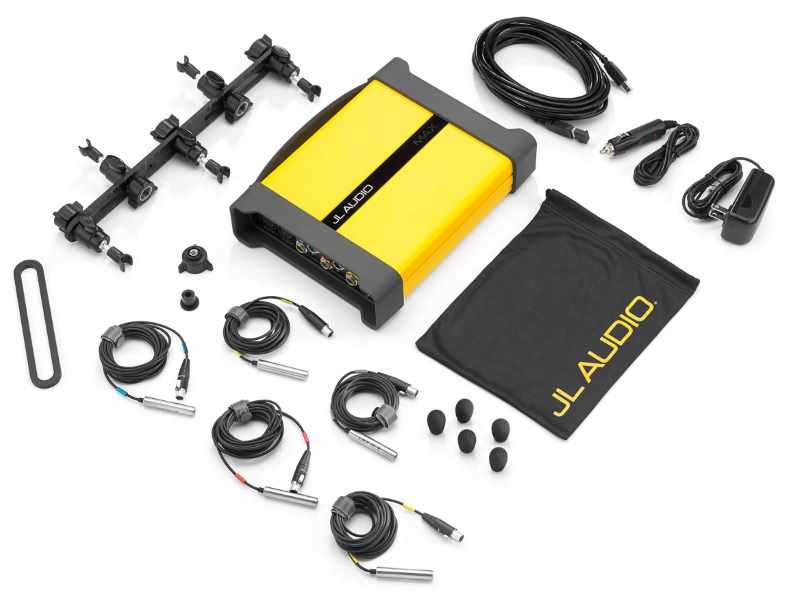
Manual or Automated Processes
There are some great pieces of hardware available to help technicians calibrate car audio systems. Some deliver great results with a primarily automatic process; others help streamline the transfer of measurements to a processor. While less of a concern regarding the RTA hardware, a technician needs to have an adequately high-quality performance reference to know when the system is right once the configuration and calibration are done. During the listening session, the tech may need to adjust the system to compensate for measurement errors. Once again, understanding what is heard and how it correlates to what is measured is crucial.
Car audio system DSP calibration isn’t an art form. It is a complex process that requires proper training, education and experience. Partnering with the right shop to configure your audio system requires genuine research. You will need to talk to them, and more importantly, you will need to audition vehicles they have worked on. You’ll need to be confident that they can install the upgrades you want in a way that will allow them to work to the best of their abilities. It’s not easy to find a retailer with all these skills, and you may have to travel to find one that meets your expectations in all regards.
One last tip: Don’t let a flashy installation distract you from what matters most – how the system sounds. Listen with your ears, not your eyes.
